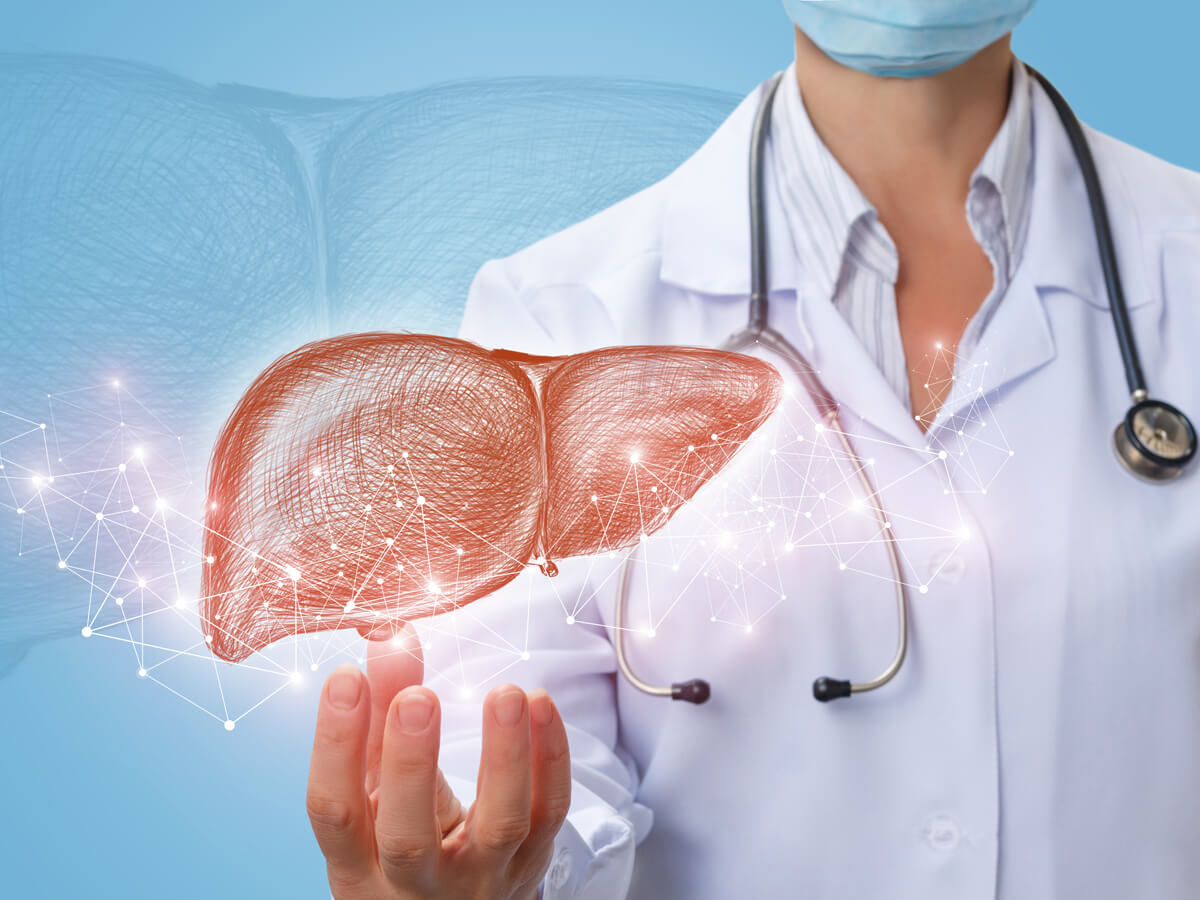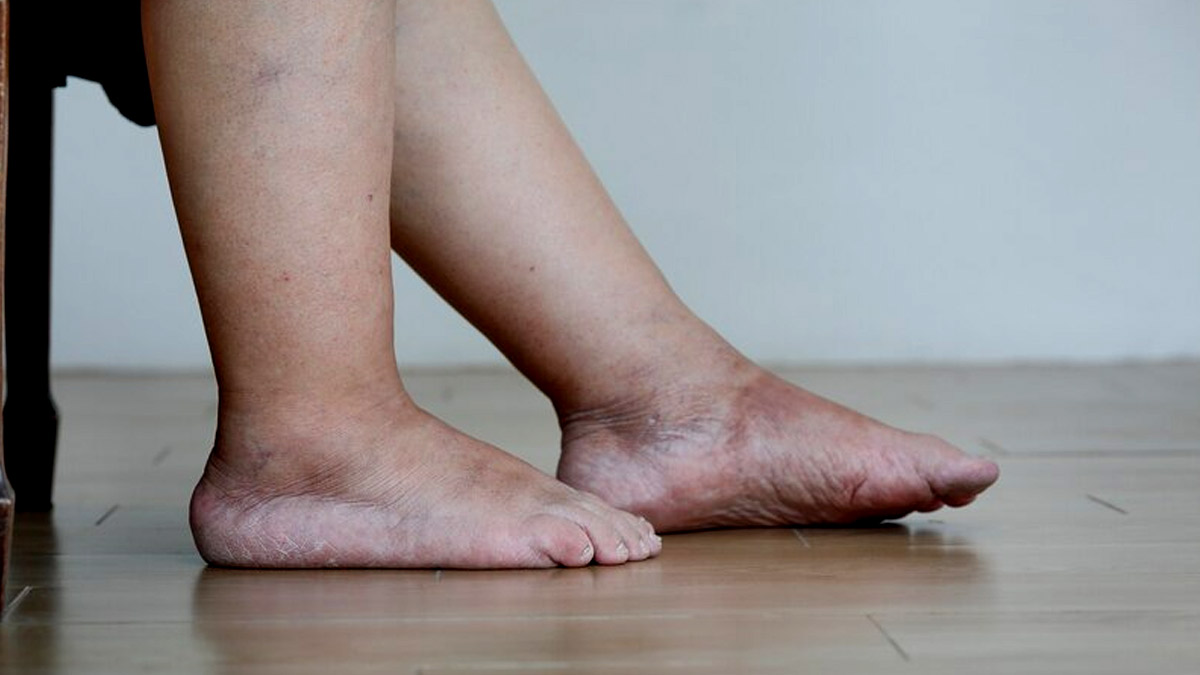Liver
Effects of liver problem
Effects of Liver Problems
Physical Effects of Liver Problems

Liver issues can have significant physical impacts that present in multiple forms. One of the prominent symptoms is the yellowing skin and eyes, known as jaundice, which happens due to an excess of a yellow substance, bilirubin, in the body. Add to that, those suffering from liver conditions often have to contend with fatigue and weakness, possibly caused by reduced energy generation and absorption of nutrients.
Another consequence of these liver conditions is swelling or build-up of fluids particularly noticeable in the abdomen and legs. This happens because the liver plays a crucial role in controlling body fluid levels. The repercussion of such physical effects on a person’s overall health and life quality cannot be underestimated, underlining the urgency of tackling liver issues promptly and in the right manner.
2. Jaundice and Yellowing of the Skin

Liver issues often lead to conspicuous physical signs such as skin yellowing and jaundice. When the liver fails to perform properly, there can be an excess of a yellow pigment named bilirubin in one’s blood, sparking a condition named jaundice – where skin and eyes take on a yellowish hue. The level of jaundice varies widely, from a subtle yellow coloring to a profound yellow or even orangish discoloration. Moreover, individuals grappling with liver issues may also suffer skin itchiness, caused by the build-up of substances typically filtered by the liver, in the bloodstream. Overall, the emergence of jaundice and skin yellowing acts as visual alarm bells of liver malfunction and should instigate additional medical inspection.
2.1 Fatigue and Weakness
The incidence of tiredness and lack of strength are prevalent physical symptoms in patients with liver malfunctions. When the liver isn’t operating optimally, individuals tend to experience a profound dearth of vitality and generalized body feebleness. This state of affairs engenders difficulty in the performance of regular tasks and adversely impinges on their life quality. Myriad factors associated with liver complications—such as reduced synthesis of specific proteins by the liver, poor nutrient assimilation, or the accumulation of bodily toxins—can induce these symptoms of weariness and lack of strength. These physical manifestations underscore the necessity of sustaining a robust liver and procuring medical consultation if there’s any suspicion of hepatic difficulties.
2.3 Swelling and Fluid Retention

Edema and fluid buildup are frequent bodily responses to hepatic issues. The liver holds an instrumental position in maintaining the body’s fluid equilibrium, and when it malfunctions, surplus liquid can amass in various body parts. Swelling in the abdomen, lower extremities, and anklets, referred to as ascites, might occur as a result. This situation is often coupled with unease and sensations of weightiness. Fluid build-up could also result in weight augmentation and enhanced stress on neighboring organs, initiating additional issues. Resolving the root hepatic issue is vital for battling these physical effects and thwarting further complications.
3. Health Complications Associated with Liver Problems
Liver diseases can spawn a range of serious health issues. Cirrhosis, for instance, substitutes healthy liver matter with fibrous scar tissue, compromising liver functionality. Hepatitis, on the other hand, is the liver’s inflammatory response to viral contagions or excessive alcohol consumption, leading to liver hazard and cascading to liver failure if neglected. The probability of liver cancers and tumorous growths also escalates with liver ailments. These complications could, in turn, significantly impact a person’s overall health and quality of life.
3.1 Liver Cirrhosis
Liver cirrhosis represents a grave health predicament that emerges due to chronic liver maladies. It manifests in the form of scar tissue proliferation within the liver, thereby obstructing the liver’s normal functionality. This disorder can trigger an assortment of physiological and internal health complications. One pivotal impact involves the interference with the liver’s capacity to metabolize and cleanse harmful substances originating in the body.
In addition, cirrhosis could instigate a reduction in the synthesis of proteins by the liver that play a critical role in blood coagulation, leading to escalated incidents of bleeding and bruising frequencies. Moreover, this disorder might culminate in the buildup of toxins in the bloodstream, instigating confusion, cognitive deterioration, and even catalyzing hepatic encephalopathy in severe instances. In its terminal phases, liver cirrhosis may contribute to the evolution of hepatocellular carcinoma (HCC).
Liver cirrhosis is a multifaceted and potentially fatal disorder posing substantial risks to both physiological and internal health.
3.2 Hepatitis and Liver Inflammation
 There are two prevalent health issues linked with complications in liver function, namely, hepatitis and liver inflammation. In essence, hepatitis denotes the inflammation of the liver, often triggered by viral infections. The course this condition takes can either be acute or chronic and poses risks of liver damages if not treated promptly. A range of viruses can contribute to hepatitis, such as Hepatitis A, B, and C variants. Contrarily, liver inflammation could be induced by diverse factors, including overconsumption of alcohol, certain medication, autoimmune disorders, and non-alcoholic fatty liver disease. Both hepatitis and liver inflammation can profoundly impact liver health and its overall functioning, manifesting symptoms like fatigue, discomfort in the abdomen, nausea, and jaundice. Appropriate treatments usually revolve around identifying and managing the root cause, alleviating symptoms, and averting further damage to the liver. Recognizing and intervening in the early stages is imperative to circumvent serious liver complications while preserving the overall health of the liver.
There are two prevalent health issues linked with complications in liver function, namely, hepatitis and liver inflammation. In essence, hepatitis denotes the inflammation of the liver, often triggered by viral infections. The course this condition takes can either be acute or chronic and poses risks of liver damages if not treated promptly. A range of viruses can contribute to hepatitis, such as Hepatitis A, B, and C variants. Contrarily, liver inflammation could be induced by diverse factors, including overconsumption of alcohol, certain medication, autoimmune disorders, and non-alcoholic fatty liver disease. Both hepatitis and liver inflammation can profoundly impact liver health and its overall functioning, manifesting symptoms like fatigue, discomfort in the abdomen, nausea, and jaundice. Appropriate treatments usually revolve around identifying and managing the root cause, alleviating symptoms, and averting further damage to the liver. Recognizing and intervening in the early stages is imperative to circumvent serious liver complications while preserving the overall health of the liver.
3.3 Liver Cancer and Tumors
Liver cancer, along with its associated tumors, are serious forms of a health crisis that can stem from issues with the liver. It occurs when there is an abnormal proliferation of cells within the liver, leading to the growth of a tumor. Tumors can either be benign, meaning they are not cancerous, or malignant, which are cancerous and hold potential to metastasize to other areas of the body. Certain risk factors such as chronic hepatitis B or C infections, heavy drinking, obesity, and specific genetic conditions can predispose an individual towards liver cancer. Possible symptoms associated with liver cancer typically consist of pain in the abdomen, unaccounted weight loss, loss of appetite, and a condition known as jaundice. The treatment plan for liver cancer usually incorporates surgery, chemotherapy, radiation therapy, and a targeted therapeutic approach. Early diagnosis and prompt action are crucial for enhancing the prognosis and augmenting the survival rates among individuals diagnosed with liver cancer.
